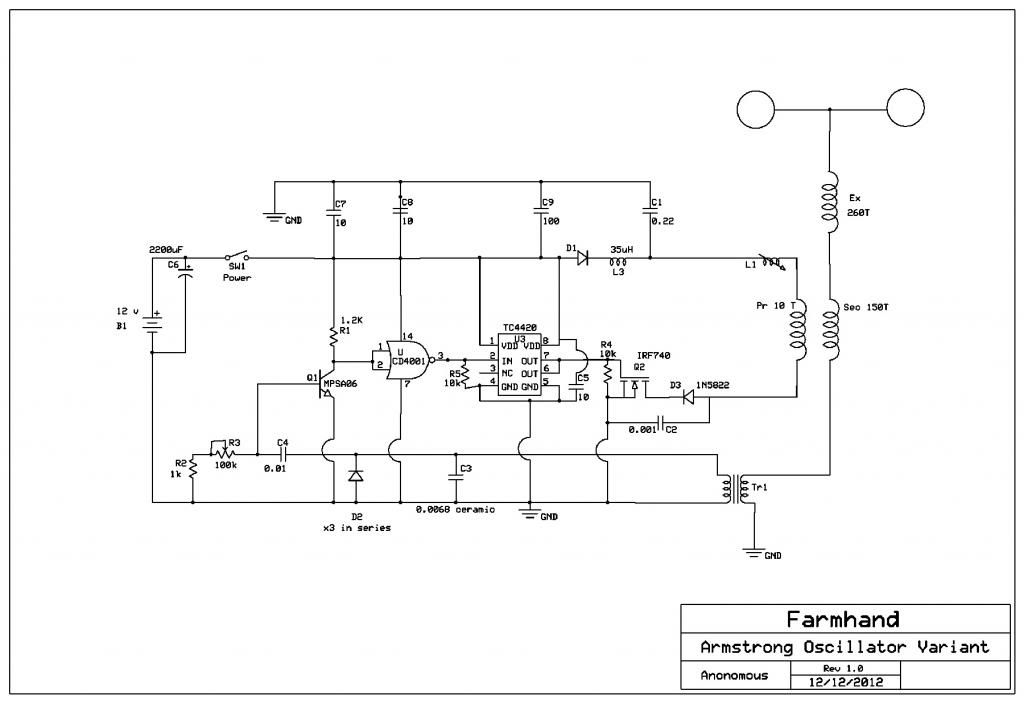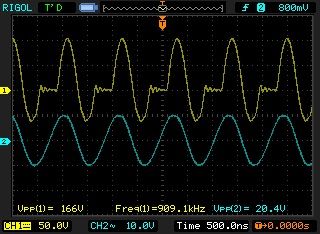Thanks
dR G, thanks for the info given on the equipment you use. I've ordered myself the MWG05 signal generator as mentioned. An amplifier to bulid next. I have partially built the 2050 thyratron circuit. I have the cathode supply, and laboratory grade variable DC power supply (50v-3Kv @ 3mA) for the Anode supply. So now I am considering what square-wave signal is needed to supply the grid etc. So I'm reading up on this. It would be nice to interface the MWG05 signal generator to the 2050 Thyratron(s) (Although I know T-rex wouldn't approve of a digital device fed thyratron). So in my case I would then have a 650v @ 3mA which is only about 2 Watts. While low power this should be enough to take measurements etc. I've partially constructed & collecting the analoge 'test equipment' also.
Soon dR G, you'll have the neighbours complaining of strange 'Rolling Thunder' sounds coming out of their toaster! Hehe.
You guys should listen to the Laura Lee interviews with Gerry Vassilatos, it is very interesting, great stuff. Gerry is well spoken & wonderful infomation given. "VRIL - Old French for a Certain type of pattern found in nature; Activity of divine being in the Earth". Gerry Vassilatos mentions the name 'Eric Dollard' SEVERAL times.
Originally posted by dR-Green
View Post
Soon dR G, you'll have the neighbours complaining of strange 'Rolling Thunder' sounds coming out of their toaster! Hehe.
You guys should listen to the Laura Lee interviews with Gerry Vassilatos, it is very interesting, great stuff. Gerry is well spoken & wonderful infomation given. "VRIL - Old French for a Certain type of pattern found in nature; Activity of divine being in the Earth". Gerry Vassilatos mentions the name 'Eric Dollard' SEVERAL times.
 I'm starting to be able to light neons and fluorescent tubes with the coil when it's unearthed.
I'm starting to be able to light neons and fluorescent tubes with the coil when it's unearthed.

Comment